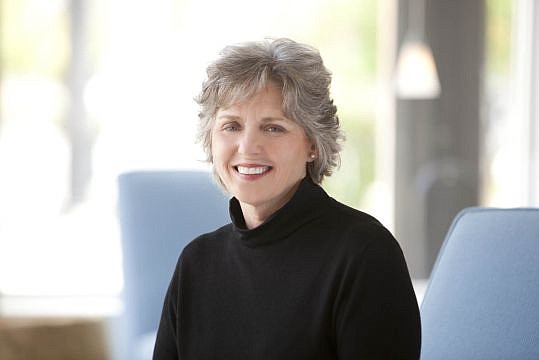
The nonprofit sector in Northeast Florida is showing signs of improved health after years of decline.
But, progress is slow.
From 2006-13, there were 26,000 fewer donors giving to nonprofits. That’s critical in Northeast Florida, where 75 percent of revenue received by nonprofits comes from individuals instead of foundations or corporations.
Those were among the “sobering” and “depressing” findings unveiled Tuesday in the Nonprofit Center of Northeast Florida’s 2015 State of the Sector Report.
It’s an analysis of 10 years of data from 501(c)(3) organizations in Baker, Clay, Duval, Nassau and St. Johns counties. The data was taken from the nonprofits’ Form 990s filed with the IRS.
“If you’re telling it to the IRS, it’s true,” said Mary Kress Littlepage, who conducted the research and wrote the report. “It’s 100 percent real data.”
Fewer organizations are operating at a net loss and individual giving remains flat, even though the region’s population has grown in the past decade.
“I think we’re holding our own, but I find this data very sobering,” said Sherry Magill, president of the Jessie Ball duPont Fund, which worked with the Nonprofit Center to collect the data.
“Things are getting better, but we’re not back to where we were. We may never get back to where we were before the recession,” Littlepage said.
According to the study, from 2006-13, the number of nonprofits increased only slightly, from 945 in 2006 to 1,022 in 2013, but about 30 percent were replaced in that time by other organizations.
Littlepage said some probably went out of business, others moved out of the five-county area and some merged with other organizations.
But the needs of the community remained and the new organizations continued to fill those needs.
Littlepage said if an organization left, another took its place.
The three main sources of revenue for nonprofits, Littlepage said, are fees for services provided, government grants and philanthropy.
The data shows Northeast Florida doesn’t fit the national trend in revenue sources.
On the national level, nonprofits receive the largest percentage of revenue from fees and the smallest portion from philanthropy.
In Northeast Florida, revenue for nonprofits comes mostly from philanthropy and less from government grants and fees.
The effect of the recession on the regional economy continues to have a fiscal impact on nonprofits.
Since 2006, the number of people living at the federal poverty level has increased by 38 percent, or about 55,000 people.
Other population demographics also are having an impact on support for nonprofits.
Most donors are low-wealth donors and derive their income from salaries and wages. They depend on their paycheck to provide discretionary income they can use for donations, Littlepage said.
In 2006, 28 percent of people in the region made a charitable donation during the year. By 2013, the percentage dropped to 22 percent.
“That is not sustainable,” said Littlepage. “We don’t win the game by asking existing donors to dig deeper into their pockets. We win the game by getting more people in the game.”
Magill said the solution likely will involve a “public conversation” about quality-of-life issues and greater access to government funding.
“We have to educate the people who own the public purse about what we do and the government’s obligation to support us,” she said.
“We didn’t do this just to get depressed,” said Nonprofit Center CEO Rena Coughlin after the report was presented.
She outlined a five-year plan to increase nonprofits’ access to professional development. Topics will include grant writing and ways to develop “generational philanthropy,” such that younger family members will maintain the giving habits of their parents.
Also to be studied will be ways to increase the number of donors in the region.
“To create a bigger community of givers, we have to convert more people into donors, supporters and volunteers,” Coughlin said.
(904) 356-2466